During our stay in Goreme, our guesthouse room was a cave. No, we were not pretending to be the Flintstones. In the Cappadocia region of Turkey that is best known for its natural rock formations, humans have been doing this for centuries.
Around 4th century AD, cave dwellings became a place of refuge for early Christians fleeing Roman persecution. They settled within the lunar-like landscape and burrowed their houses and churches into sandstone cliffs. Consequently Christian communities flourished here for several centuries. While there is no threat of persecution today and many of the caves have been abandoned, cave hotels are popular with tourists visiting Goreme, a town that is set amid these bizarre rock formations.
We had started early in the morning from Safaranbolu and had to change to different bus at Ankara to get all the way to Goreme late in the evening. The weather forecast called for rain and they seemed to have got it right. It was drizzling for much of the bus ride and continued to drizzle as the bus pulled into the the Goreme Otogar at the center of town. Fortunately our guesthouse was less than 200 meters away and we were able to make a dash for it without getting totally drenched. Given a choice between a regular room and a furnished cave, we obviously opted for the latter. Incidentally these caves have natural insulating properties and stay relatively warm in winter and cool in summer.
The magic of Goreme is best experienced by hiking through the different valleys that surround the town and we were hoping for good weather in which to enjoy the surreal scenery. While we waited for better weather to roll in, we signed up for an organized tour (oh no!) to see some important sights that are both distant and somewhat difficult to get to by public transport. We did not want to deal with the hassle of changing buses in the rain. Besides the particular agency that we signed up with were known for the quality of their guides, so it seemed like a good idea for a blustery day.
Other than a quick stop to enjoy the panorama of Goreme from the ridge surrounding it, our first destination was Derinkuyu, one of 36 known underground cities that dot this region. Some archaeologists date the earliest portions of these underground cities back 4000 years to Hittite times, but all generally agree that these cities were occupied by the 7th century BC. Based on their studies they believe that the people of this region lived and farmed above ground in times of peace, but when invaders threatened they took to their troglodyte dwellings where they could live safely for up to six months at a time.
Derinkuyu is one of the bigger and better excavated of these underground cities and it has rooms going down seven levels. As you descend, it is a maze of caves and tunnels going in every direction. Some have likened it to being inside a complex Swiss cheese with holes of varying sizes distributed in three dimensions. Signs of cave lifestyle are still present: storage jars, troughs, communal kitchens blackened by smoke; meeting rooms, rooms used as stables, a small church and many deep wells for fresh water. There is even a cemetery area meant for temporary burial until it was safe for everyone to get back to the surface. At regular intervals, you see ventilation shafts going to the surface and it helps maintain good air circulation in the caves. The cities functioned as fortresses as well and we saw a heavy rolling-stone doors that could be moved only from the inside. It was fascinating to explore several levels of this city and imagine the kind of lives they must have lived when they were holed up here for months.
Further south is Ihlara Valley, a 16 km long gorge with the Melendiz stream running through it. It was a favorite retreat of Byzantine monks and dozens of painted churches carved from the rock still survive. We spent a memorable hour hiking a section of the valley though a sea of greenery, all the while looking at caves that have been carved out on high cliffs. We visited a couple of churches where the frescoes were more or less in good condition. At one end of Ihlara gorge is Selime Monastery, one of the biggest in Cappadocia. Cut into the soft rock, it contains many caves for all the different needs of a medieval life in a monastery including kitchens and stables. It is now a Unesco World Heritage site.
With slightly improving weather the next day, we walked from the center of town to the Goreme Open Air museum, an essential stop due to its historical significance. It is a tight cluster of rock-cut Byzantine churches, chapels and monasteries most of which belong to the 10th, 11th and 12 centuries. Medieval orthodox Christian monks carved the caves from the soft volcanic stone and decorated them with elaborate Byzantine frescoes. Many of the frescoes have been damaged (both due to natural causes and by human hand) but there is enough visible even now that help one to see their beauty. Since it is one of the highlights of Goreme, even this late in the season there were several tour groups at the same time and visiting these tiny little churches involved waiting in queues at the small doorways. While entrance is further restricted for some of the best preserved frescoes, we enjoyed visiting the Buckle church that is actually outside the main valley enclosure which had stunning frescoes which were in great condition.
While Goreme's wealth of ancient churches are a significant draw, the gorgeous scenery is a bigger draw for those willing to expend a little effort hiking through the surrounding valleys. There are several trails to chose from, each named for the valley that it traverses (Rose valley, Red Valley, Pigeon valley, Love valley) and spur trails connecting one to the other, so you can combine them together to form longer hikes. We chose to hike the Rose and Red valley trails (a total of 15 km of walking) on a cloudy but rain free afternoon and we will let the photos do the talking. We could just not stop clicking as every vista that opened out to us seemed to outdo the earlier ones. Unlike the Open Air museum, the tour buses don't penetrate into the valleys and we had the entire trail to ourselves barring the occasional hikers seen from a distance or in the form of friendly tea stall owners on the trail.
Video of Red Valley and Rose Valley with Azaan echoing across the mountains
On our last evening in Goreme, we witnessed a traditional sema, a whirling dervish performance. While Konya is the true center of the Mevlevi, or the Whirling Dervishes, there are a few other places in Turkey where one can see them. We found one such near Goreme that would allow us to witness a more traditional and serious sema performance rather than a very touristy one. The organizers provide you with material to learn about the complex spiritual beliefs behind this ancient Turkish ritual and explain what we would expect to see during the ceremony. The Sema ceremony represents the mystical journey of man's spiritual ascent to perfection. The trance like dance accompanied by traditional music and chanting was simply mesmerizing.
While we knew that these were not really mystics but well trained performers, we were certainly not prepared for one of the performers showing up at the parking lot in a black jacket and trousers less than 5 minutes after it was over!
Video of Dervish Performance
Google Maps Link
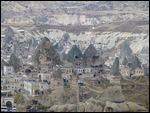
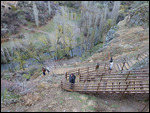
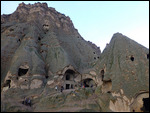
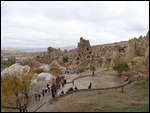

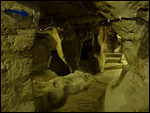
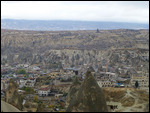

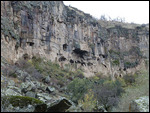
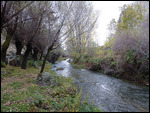

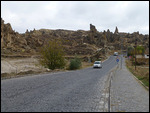
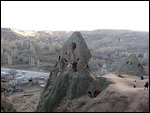
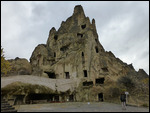
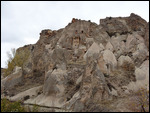
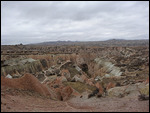
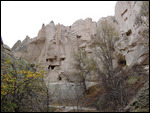
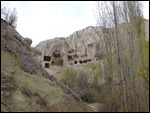
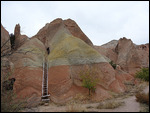

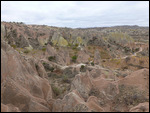
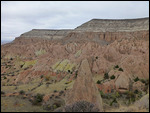
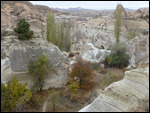
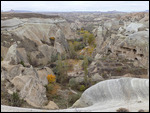
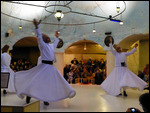
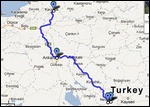
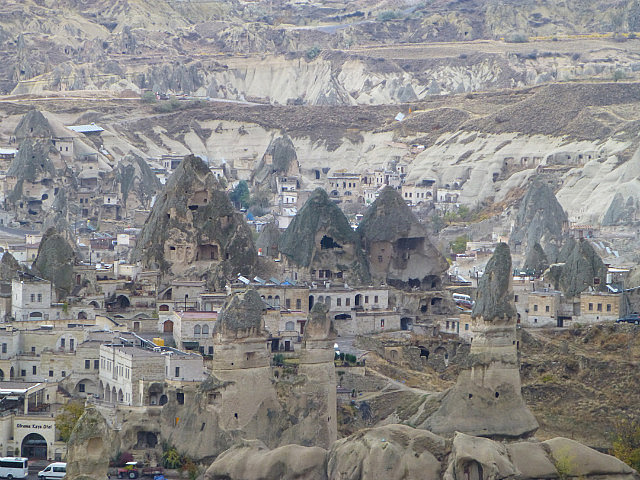
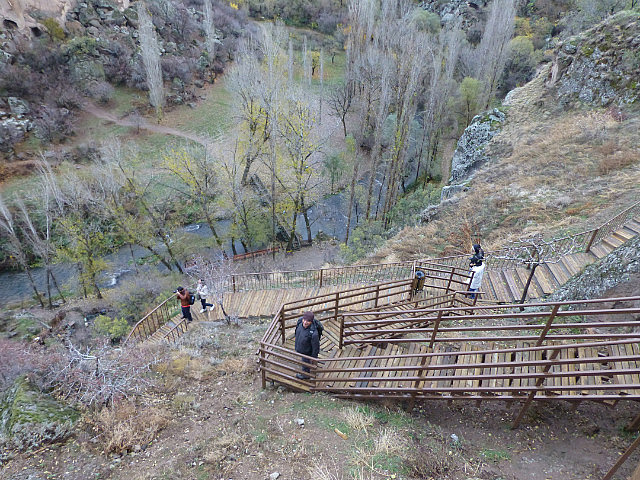

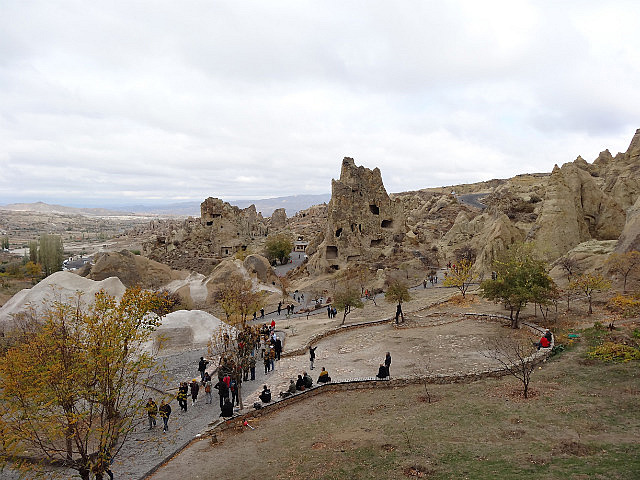

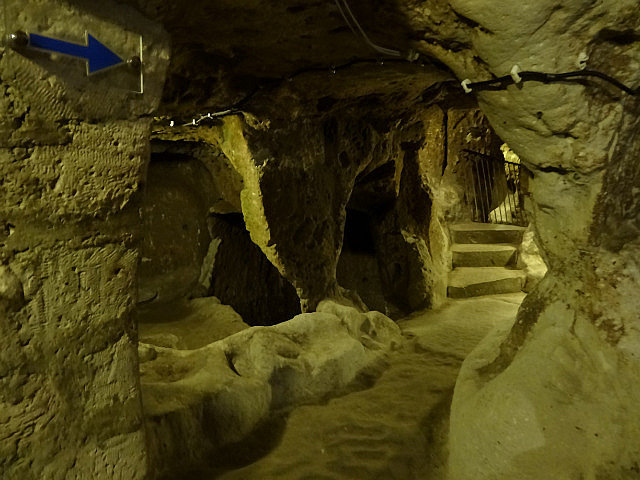
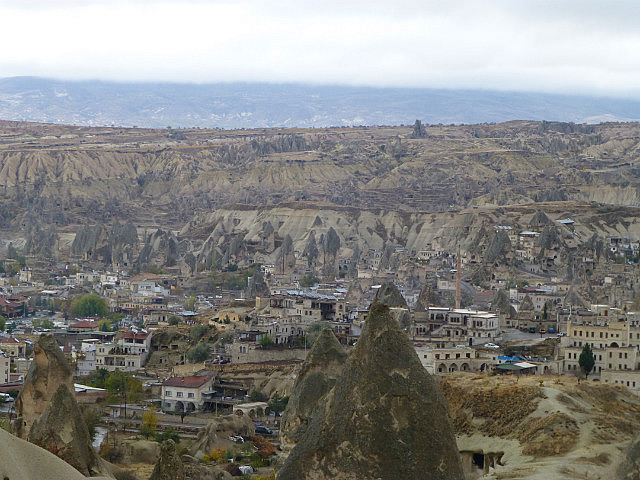
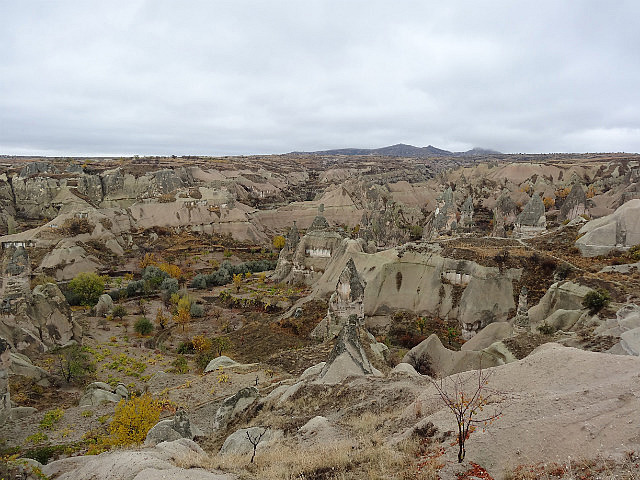
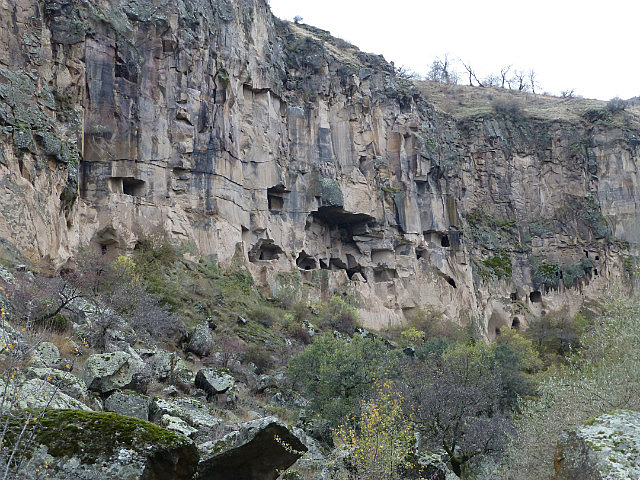
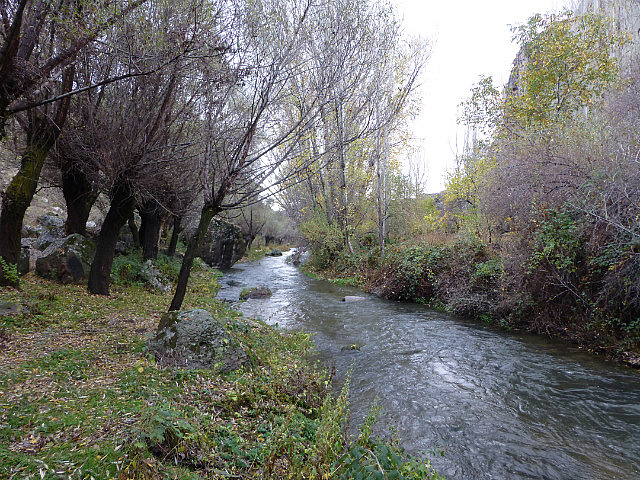
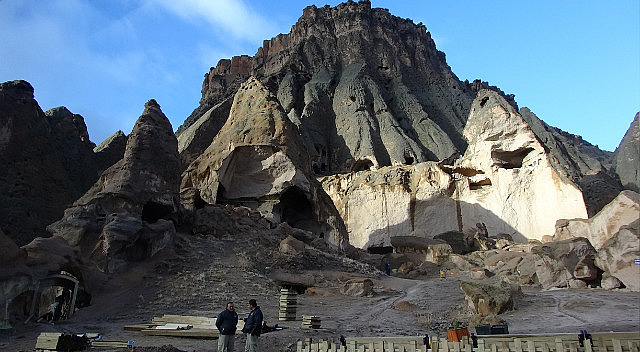

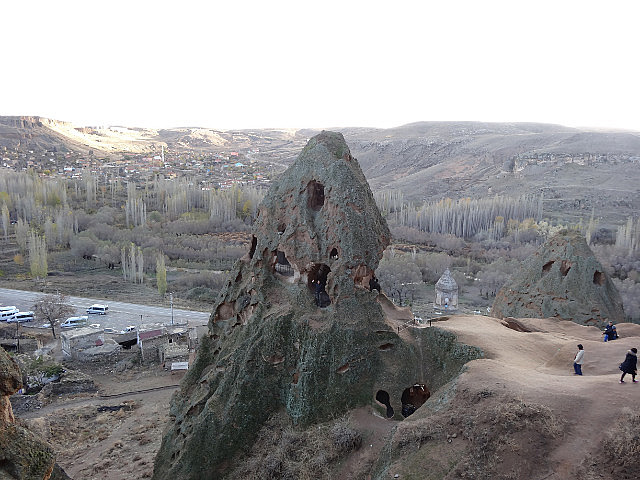

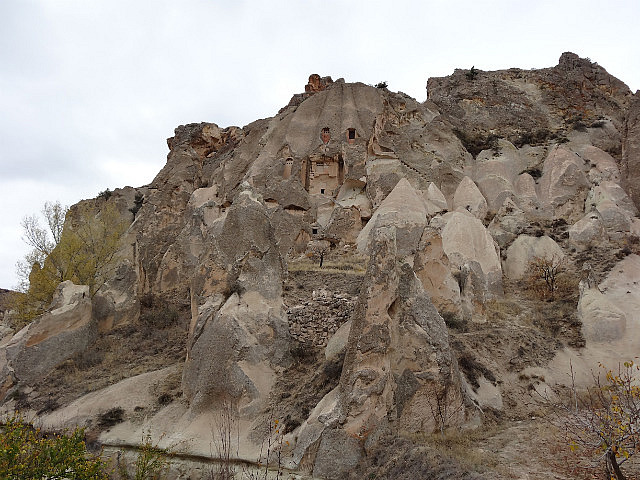
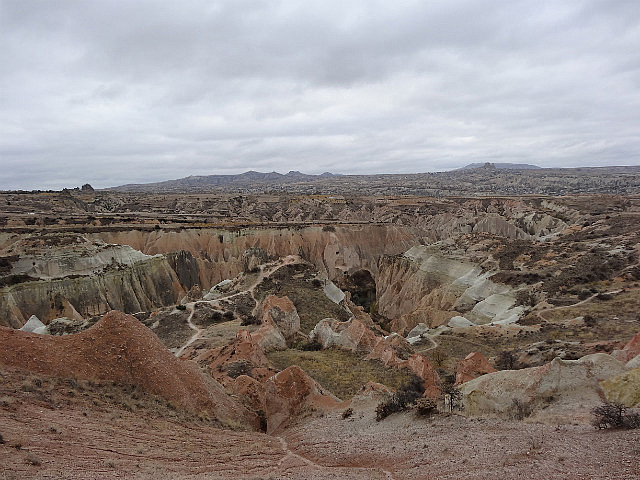
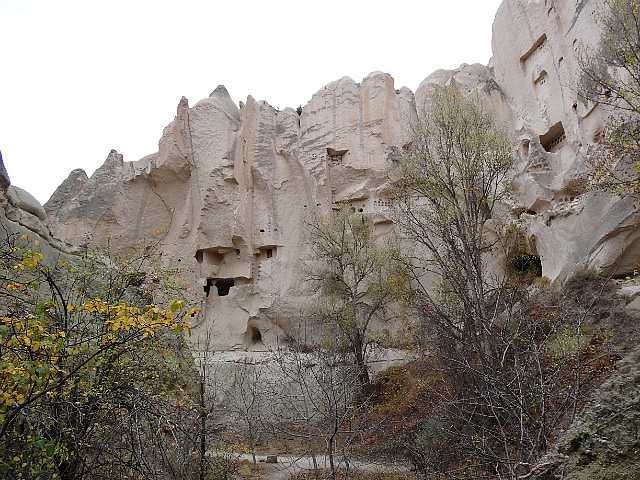
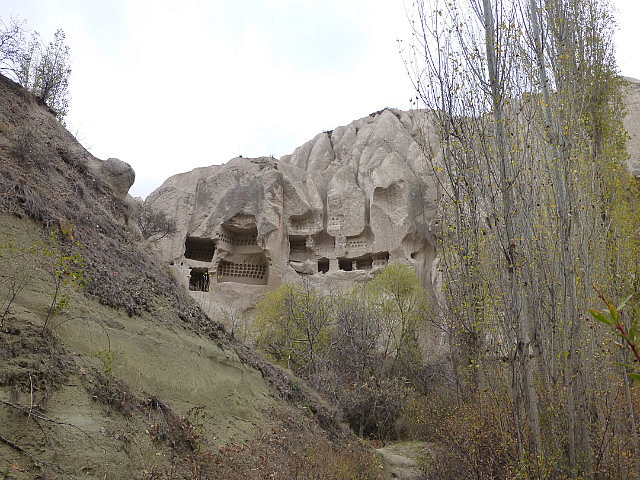

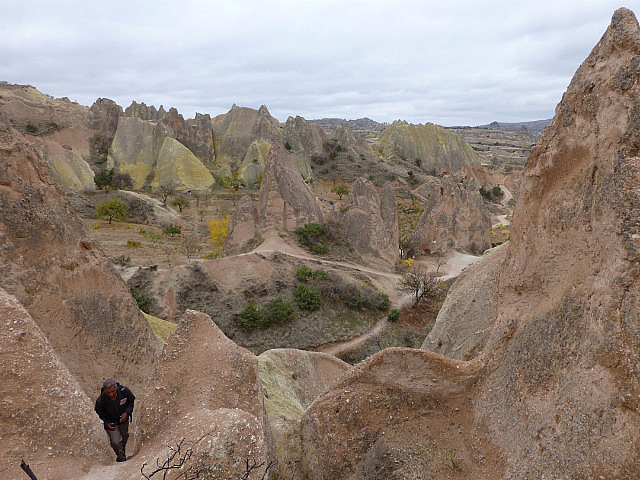
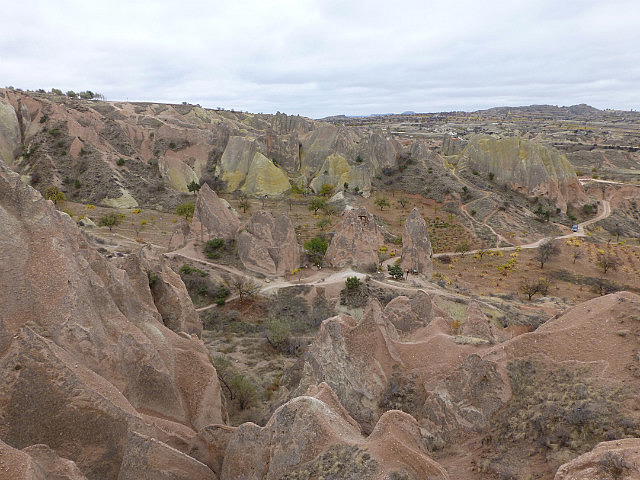
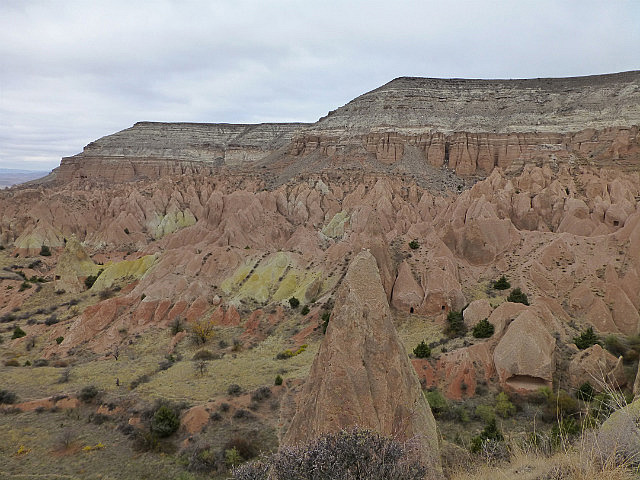



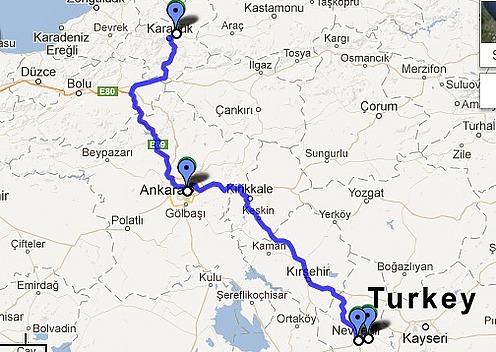
Comments